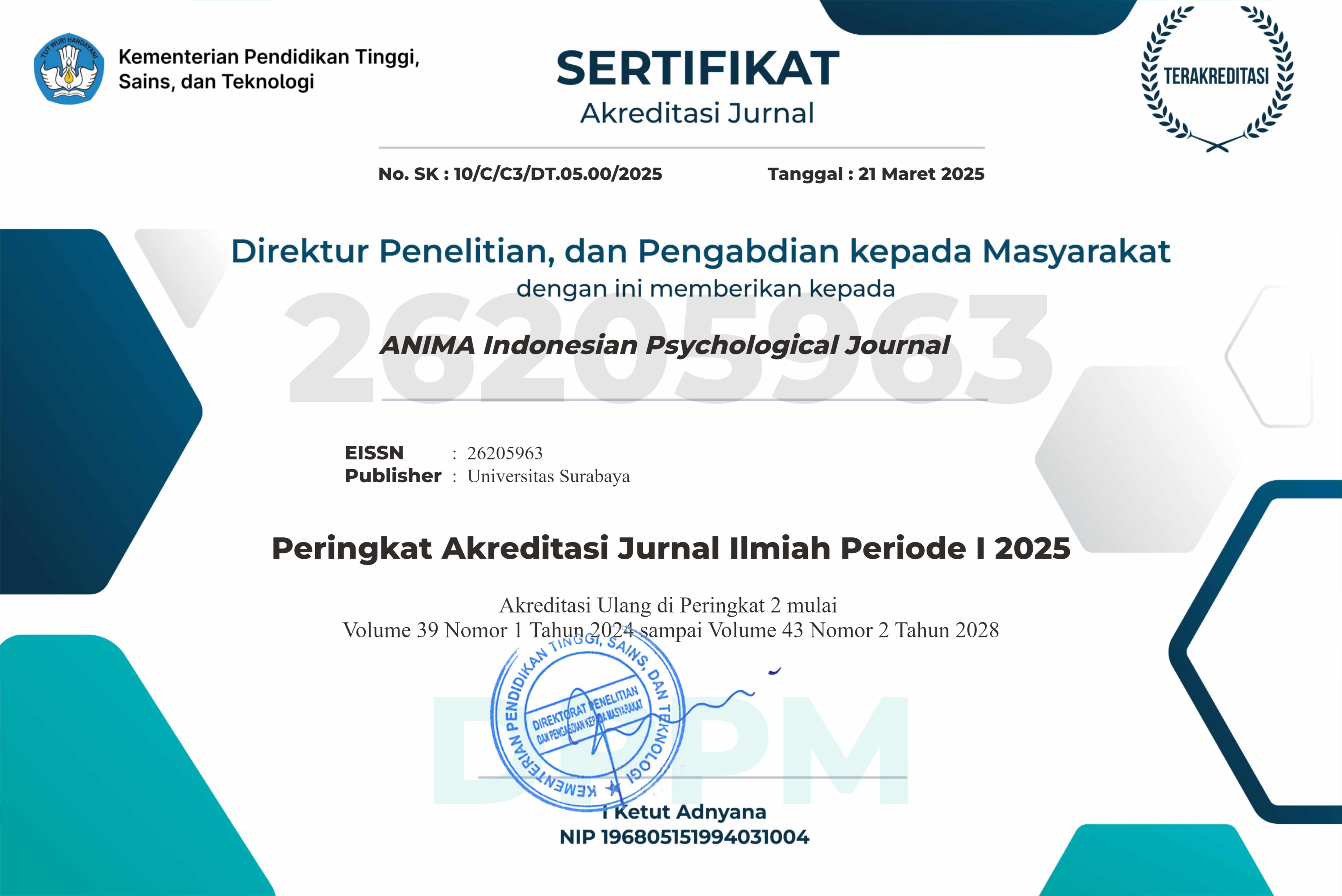Felder-Silverman Learning Style Model and the Relationship With Academic Performance
 Abstract Views:
1082 times
Abstract Views:
1082 times
 PDF - Full Text Downloads:
866 times
PDF - Full Text Downloads:
866 times
Abstract
The gap between organizational demands on employee competence and actual employee competence gives new challenges to the education industry to continually increase the readiness of its graduates. Teaching models are developed to produce graduates that are in accordance to the demands of the global competition. However in practice, educational staff often use the same model to all of their students (Blau, 2012), setting aside the importance of congruent concept in an effective pedagogical process (Akin-Little & Little, 2009). The current study is aimed to test the learning style of university engineering students based on the Felder-Silverman model and its role on academic performance. Results showed that engineering students in this study have the following learning style preferences: Active–Sensing–Visual–Global, which can be used as a base to design teaching methods, which will hopefully be able to provide better support to students‟ academic performance. Furthermore, a significant relationship between learning style for Active–Reflective dimension and academic performance was found, as indicated by their GPA.
Downloads

This work is licensed under a Creative Commons Attribution-NonCommercial-ShareAlike 4.0 International License.
Articles published in ANIMA are licensed under a Creative Commons Attribution-NonCommercial-ShareAlike 4.0 International license. You are free to copy, transform, or redistribute articles for any lawful, non-commercial purpose in any medium, provided you give appropriate credit to ANIMA and the original Author(s), link to the license, indicate if changes were made, and redistribute any derivative work under the same license.
Copyright on articles is retained by the respective Author(s), without restrictions. A non-exclusive license is granted to ANIMA to publish the article and identify itself as its original publisher, along with the commercial right to include the article in a hardcopy issue for sale to libraries and individuals.
By publishing in ANIMA, Author(s) grant any third party the right to use their article to the extent provided by the Creative Commons Attribution-NonCommercial-ShareAlike 4.0 International license.

 DOI:
DOI:



